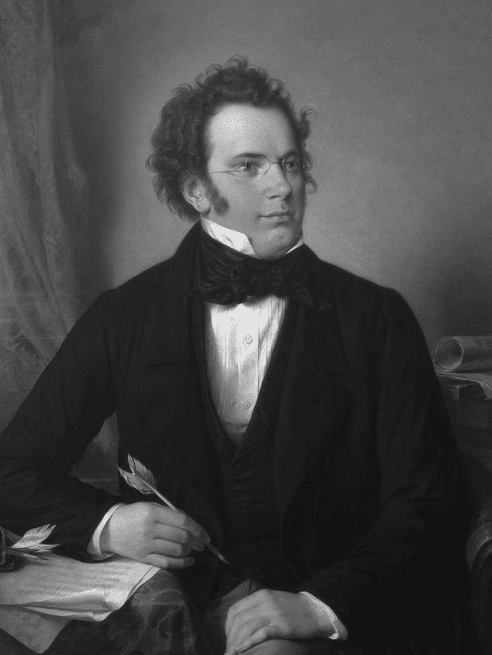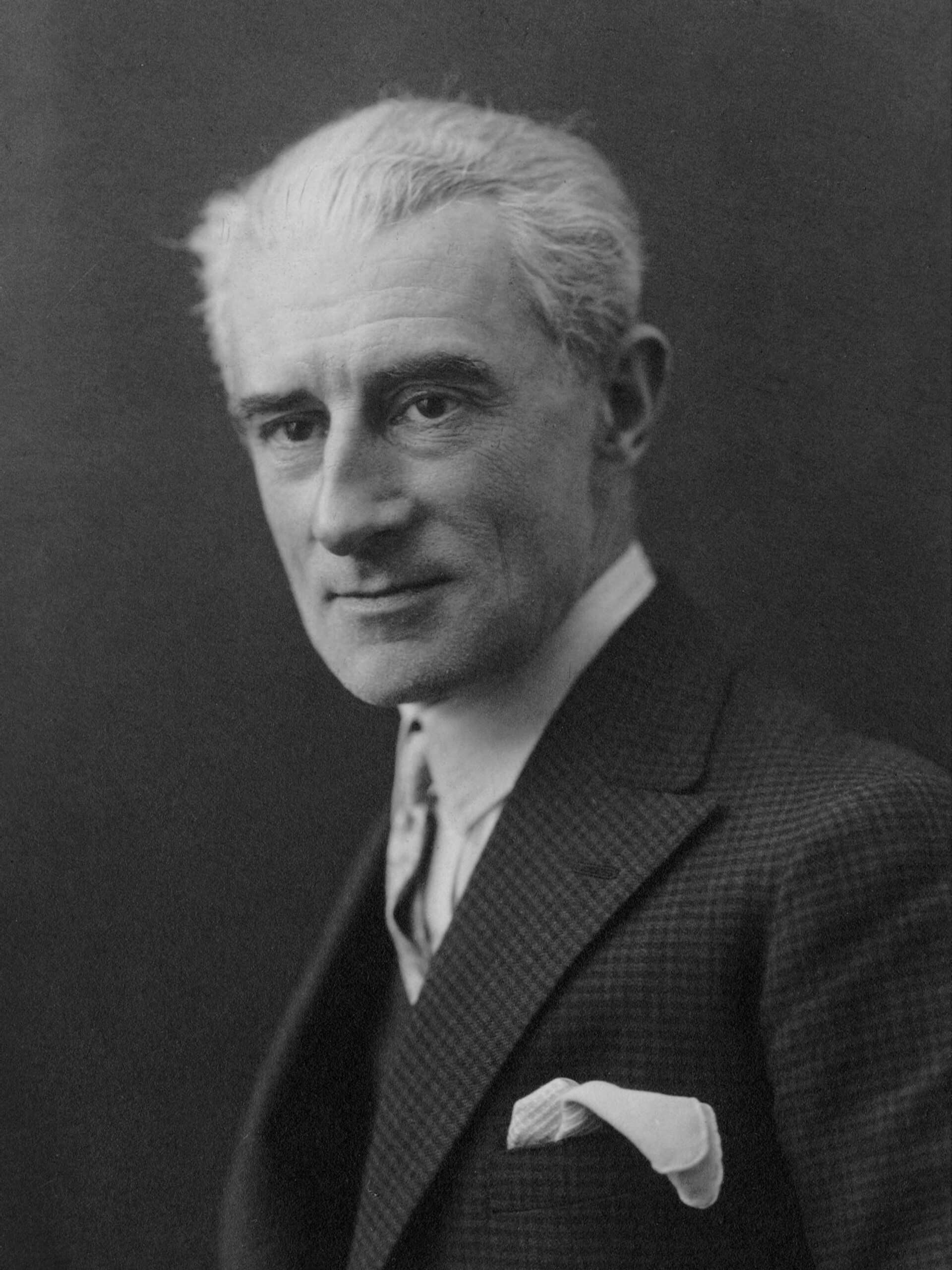-
Johann Strauss II
…“Waldmeister,” and the waltzes “Kaiser-Walzer,” “Kaiser Jubilaum,” “Märchen aus dem Orient,” and “Klug Gretelein,” are characterized by their freshness and vitality. On June 3, 1899, Strauss succumbed to pneumonia. At…
-
Giuseppe Verdi
…of emotion, intricate characters, and masterful orchestration, are performed worldwide and have stood the test of time, making Verdi one of the most performed composers in the world. The operas…
-
Claude Debussy
…term ‘Impressionist’ when applied to his music, preferring to see his work as a reflection of his own personal musical style. Nevertheless, Debussy’s music shares many characteristics with Impressionist art….
-
Franz Schubert
…in his compositions has earned him the title of “the most poetic musician.” His unique approach to music, characterized by his ability to blend the classical and romantic elements seamlessly,…
-
Maurice Ravel
…century. Alongside his contemporary, Claude Debussy, Ravel is remembered as a stalwart of Impressionist music, a genre characterized by evocative moods and atmospheric nuances. Although both composers rejected this label,…
-
Camille Saint-Saëns
…“Organ Symphony,” the opera Samson et Dalila, and the whimsical The Carnival of the Animals. Saint-Saëns’ works were characterized by their charm, elegance, and exceptional craftsmanship. Despite living through the…
-
Nikolai Rimsky-Korsakov
…works, making him a master of orchestration. The Composer’s Muses: Fairytales, Folklore, and the Sea Rimsky-Korsakov’s work was characterized by his belief in creating a nationalistic style of classical music….
-
Edvard Grieg
…his characteristic sense of rhythm and harmony. Later Years and Legacy In 1885, Grieg built his home, “Troldhaugen,” near Bergen. Despite his declining health, Grieg continued to tour extensively in…
-
Gaetano Donizetti – L’elisir d’Amore – Tra-La-La-La
In Italian opera, the Act One Finale is crucial and often focuses on important events between main characters or their reactions. Emotions run high, with lower voices, sopranos, and tenors…
-
Richard Wagner – Siegfried from Der Ring des Nibelungen – Act 2 Part 6
…introspection and requires the audience’s religious attention. The music is composed of recurring leitmotifs that represent characters and emotions. Conducted by Georg Solti and performed by the Vienna Philharmonic Orchestra….
-
Richard Wagner – Götterdämmerung – Der Ring des Nibelungen – Act 1 Part 10 – Hier Sitz’ Ich Zur Wacht
…from the audience. The opera is a collection of leading motifs, or leitmotivs, that represent characters and emotions. It demands the audience’s almost religious attention as they experience the story…
-
Richard Wagner – Götterdämmerung – Act 1, Part 3 – Zu Neuen Taten, Teurer Helde and Willst Du Mir Minne Schenken
…the story unfolding in their minds. The music is composed of leitmotifs that represent different characters and themes throughout the cycle. Conducted by Georg Solti with the Vienna Philharmonic Orchestra….












